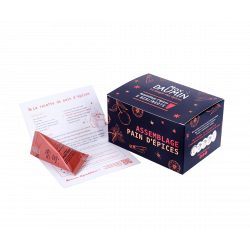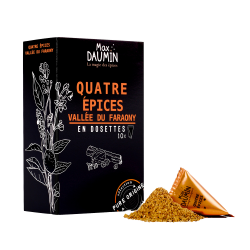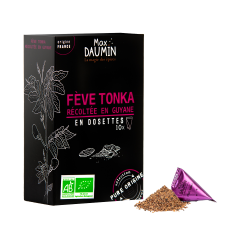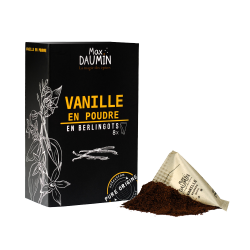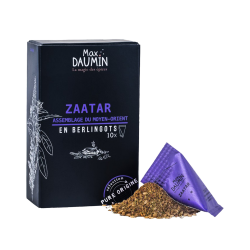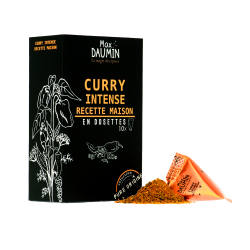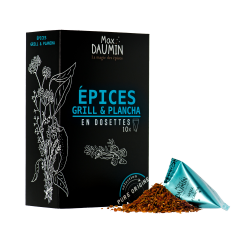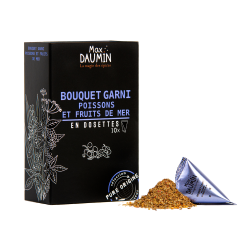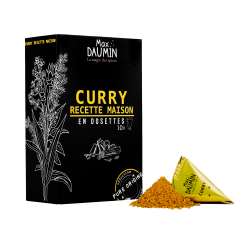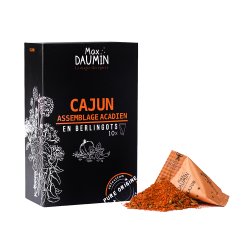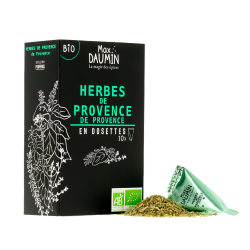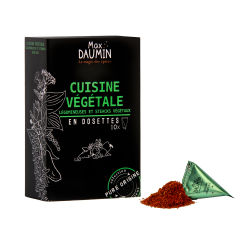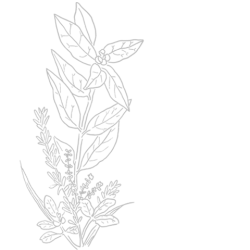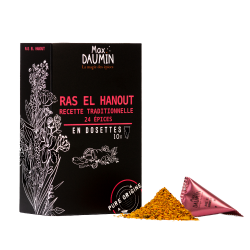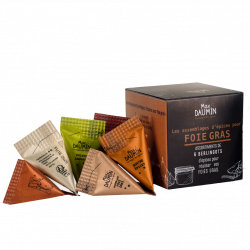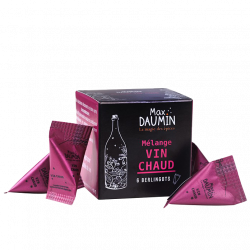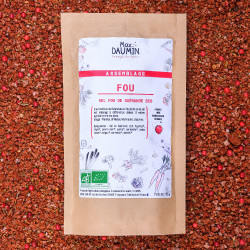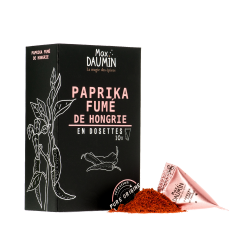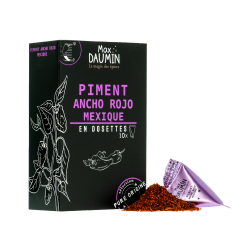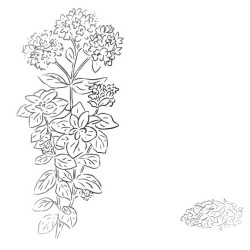- New
Gingerbread Spices Mix
A special box for making gingerbread! It contains 5 berlingots to make 5 gingerbreads. So often requested, we've taken the time to make one of our best spice blends.
It's made with : Ceylon Cinnamon, Nutmeg, Ginger, Clove, Star Anise, Combava, Lemon, Siltimur, Pepper, Cardamom, Vanilla. A base of four spices (Ceylon Cinnamon, Nutmeg, Pepper, Clove) enhanced by citrus notes (Ginger, Combava, Lemon, Siltimur), the freshness of cardamom and the roundness of vanilla.
The box contains 5 large ‘Assemblage Pain d'Epices’ berlingots and a chef's recipe inside. One berlingot is enough for one gingerbread.
-
Net weight : 25g
-
Composition : Ceylon Cinnamon, Nutmeg, Ginger, Clove, Star Anise, Combava, Lemon, Siltimur, Pepper, Cardamom, Vanilla
-
Recyclable box and berlingots : Sorting paper / cardboard


History
Plant & perfume
An ancient beginning
The history of gingerbread began in ancient times. The first written reference to gingerbread dates back to Egyptian times: A bread baked with aromatic herbs and a few spices, then coated with honey.
According to the mythology of the Egyptians, Greeks, Romans and Teutons, honey was a gift from the gods. The Bible also speaks of the ‘promised land flowing with milk and honey’. This explains why, in ancient times, honey was attributed to a divine gift for its curative and invigorating effects.
There are several references in ancient times to bread sweetened with honey. The Greek philosopher Aristophanes mentions ‘melitounta’, a bread made from flour and sesame and coated with honey. The Romans called it ‘panis mellitus’, a fried bread drizzled with honey, but these were just the precursors of today's gingerbread.
Then an Asian birth
The closest thing to it, and certainly the basis of our contemporary gingerbread, is a Chinese honey loaf, with spices and aromatic plants. It was used as a ration for Chinese soldiers in the Middle Ages. It was developed in China in the 10th century for the emperors of the Tang Dynasty. Texts from the 13th century mention this bread as part of the war rations of Genghis Khan's horsemen, who spread it among the Arabs. It is said to have been called ‘Mi-kong’.
And European monastic diffusion
During the Crusades of the 12th and 13th centuries, Europeans also discovered it. They brought the recipe and the spices back to their respective kingdoms. It was mainly in Germany, in the towns of Ulm, Munich and especially Nuremberg, that gingerbread became firmly established. Gingerbread makers’, the true pastry masters of gingerbread, began to appear. A whole range of skills were put to good use, not least the ability to find the spices needed to make gingerbread.
The first mention of ‘Lebkuchen’, or gingerbread in German, was made in Ulm in 1296, then spread to the monasteries of the Holy Roman Empire: Munich, Aachen, Basel, Augsburg and Nuremberg, where it was mentioned in 1395.
This bread quickly won over the monks. Through monastic networks, in particular the Cistercian monks, gingerbread gradually spread throughout Europe. Each region developed its own recipes (depending on the spices chosen and, above all, those available).
In 1453, gingerbread was found on the Christmas tables of Cistercian monks in Alsace.
At that time, it took on a human form (still found on our tables today). The first master gingerbread confectioners were established in Reims in the 14th century.
Around twenty ‘pains d'épiciers’ masters worked there, and they were the most renowned in the kingdom. The archbishop's bailiff even granted them guild status in 1571, which was officially recognised in 1596 by Henri IV!
Similarly, in Alsace, a little later in the Renaissance, the ‘Lebküchler’ (grocers' bread) founded their own guild, whose emblem represented a pretzel bear. Noble wooden moulds from the 16th century, finely carved with magnificent scenes, have been preserved and bear witness to the luxury of this foodstuff. Spices were very expensive at the time.
The reputation of the maitres d'épiciers d'Alsace was such that in 1643 they were forbidden to be both grocer and baker!
In 1452, the Duke of Burgundy, Philippe III le Bon, tasted this curious galette for the first time in Courtrai in Belgium. Then, in Dijon, the first maitre d'épicier was registered in 1711. This gave rise to a variant of gingerbread: nonnettes.
Over the years, taking advantage of falling spice prices, this pastry developed and became popular throughout Europe. Gingerbread also enjoyed great success in North America, brought over by the first European settlers.
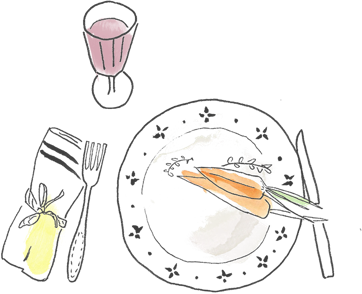



You might also like

13 other products in the same category:

Customers who bought this product also bought:






